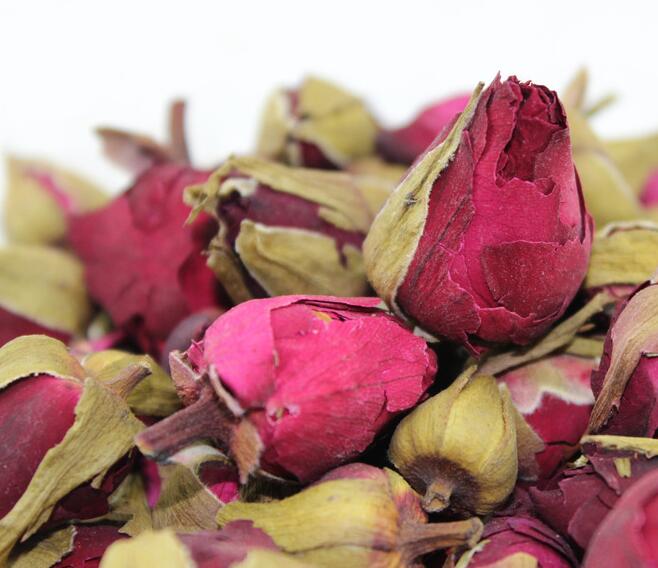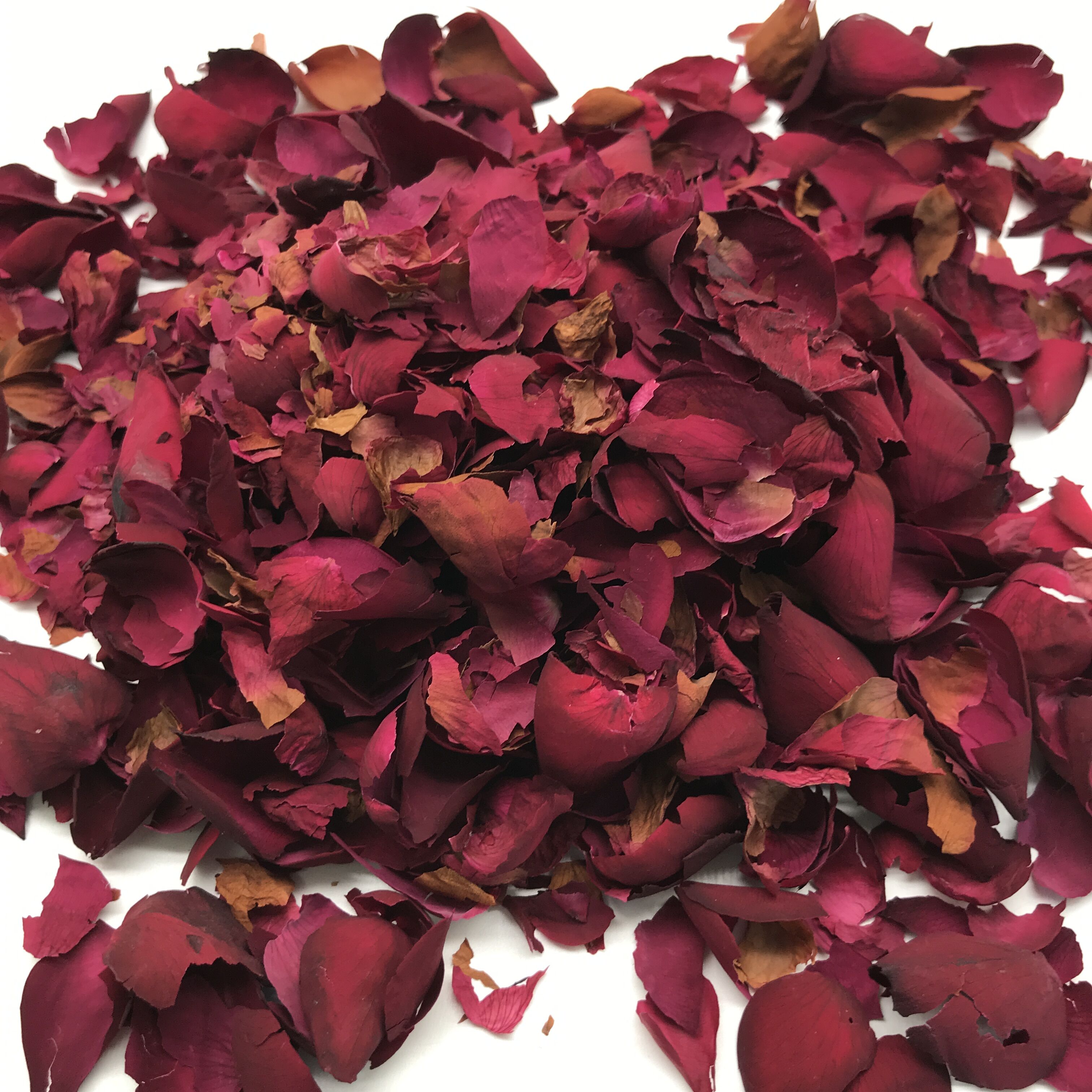
Rosa chinensis, often known simply as the Chinese rose, is a species of rose native to Asia, including regions of China, Korea, and Japan. It is a woody perennial plant that belongs to the family Rosaceae, which includes many other types of roses and fruit-bearing plants like apples and peaches. Here are some key characteristics and details about Rosa chinensis:
Appearance: Rosa chinensis grows as a shrub or climbing plant, typically reaching heights between 1 to 5 meters (about 3 to 16 feet). It has prickly stems and pinnately compound leaves with 5-7 leaflets. The plant is deciduous in colder climates but may be evergreen in warmer regions.
Flowers: The flowers of Rosa chinensis are famous for their beauty and fragrance. They come in a range of colors, including white, pink, and red, and are usually large, with multiple layers of petals (a characteristic referred to as double-flowered forms). Flowers are generally borne singly or in small clusters and bloom in late spring to early summer, though some varieties may have repeat blooming habits.
Cultivation: Rosa chinensis is widely cultivated as an ornamental plant because of its attractive flowers and ability to thrive in various conditions. It prefers well-drained soil and full sun but can tolerate partial shade. Proper pruning and regular maintenance help keep the plant healthy and promote abundant flowering.
Hardiness: This rose species is relatively hardy and can survive in USDA hardiness zones 6 through 9, enduring winter temperatures down to about -20°C (-4°F). However, it benefits from some protection in colder areas, such as mulching or covering during harsh winters.
Uses: Aside from being a landscape plant, Rosa chinensis is also used for cut flowers and for hybridization to create new rose varieties. Many modern rose cultivars have Rosa chinensis in their lineage due to its disease resistance and beautiful flowers.
Disease Resistance: Rosa chinensis is known for its resistance to some of the common rose diseases, such as black spot and powdery mildew, making it a popular choice for gardeners looking for low-maintenance plants.
Hybridization: Rosa chinensis has been extensively used in the development of many modern rose varieties. Its contributions include adding vigor, disease resistance, and floral traits to the genetic pool of cultivated roses.








